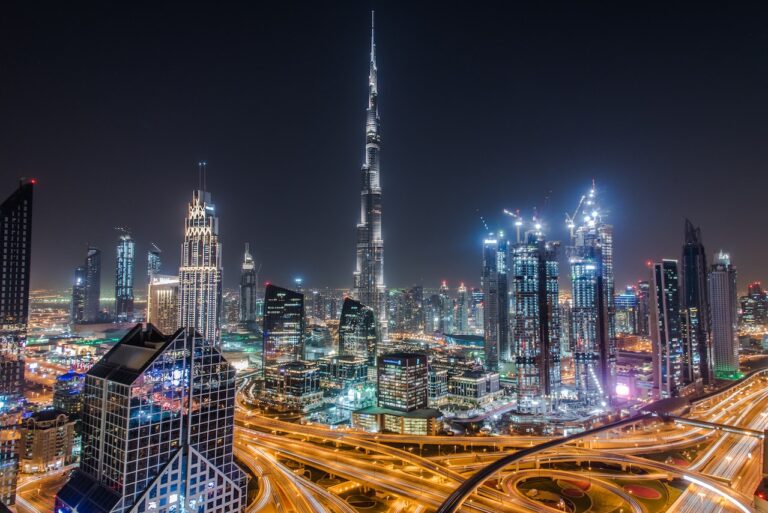Culture
In a city where “outsiders” make up the majority, cultural mixing is unavoidable between residents and visitors. Once upon a time, Dubai had a tightly knit pearling community. Today, Dubai works hard to preserve that Arabesque character. There is a strong presence of Islamic customs and practices, which had a significant impact on the development of Arab culture and lifestyle. Locals, like they have done for centuries, continue to pray five times a day from the city’s many minarets. The Jumeirah Mosque is one of the mosques that welcomes non-Muslim visitors to Dubai. Weekends in Dubai are still on Friday and Saturday, regardless of the arrival of other cultures. Saturday marks the halfway point between the start of the weekend on the Islamic holy day of Friday and the end of the weekend in the West on Sunday. In Dubai, modest clothing is the norm. In more traditional neighborhoods, it is advised that visitors not wear clothing that is overly revealing or short in public.
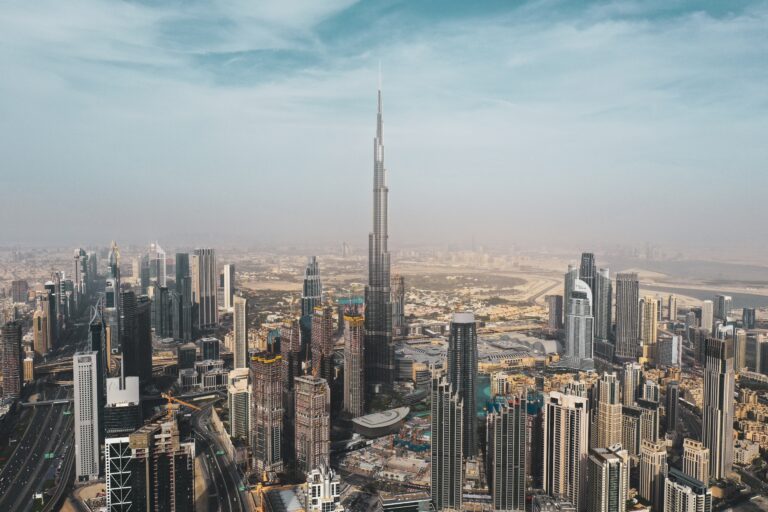
History
It was in 1966 when Dubai entered its heyday. Oil was discovered at the Fateh field, also known as the Fath oil field, which is located in international waters. Back then, not even the most intelligent people could have dreamed that Dubai would be a hub for so many exciting prospects. In a sense, oil ushered in a whole new era. There was no means for inhabitants to get beyond Dubai, but it did serve as an entry point for tourists.
There was no way of imagining the existence of these massive buildings, commercial centers, or brand new neighborhoods just fifty years ago. Even though it’s hard to imagine, the town was actually supplanted by a bustling metropolis. Dubai’s present rulers took over the small town in 1883. Back then, pearl fishing was the only real way to make money.
Gradually, the city was repopulated with brand-new structures, cutting-edge structures, and luxurious dwellings. Rental hotels, townhomes, penthouses, and flats are in high demand since the local population and, more importantly, the number of visitors to the area is growing. It’s hard to imagine that the extraordinary oasis built by Sheik Mohammed bin Rashid al-Maktoum and the crown prince was originally a poor fishing town.
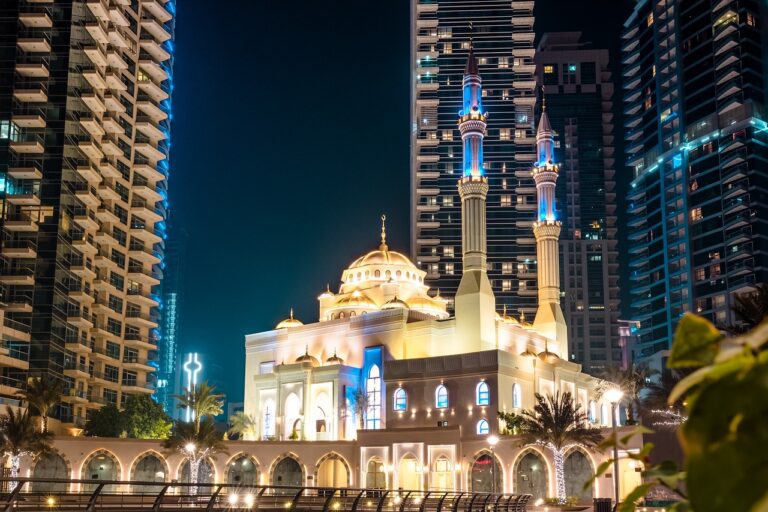
Population
Due to the diverse population of Dubai, the city’s staple food also differs. In fact, foreign nationals and expatriates make up around 71% of Dubai’s population. There are currently 2,415.459 people living in Dubai, as reported by the Dubai Statistic Center, which is part of the Dubai Government. Since it was last revised on October 13th, 2015, the data is highly reliable. Even within a single city, such as Dubai, there is a notable shift between daytime and nighttime activities. The vast majority of the populace spent their days inside such buildings. The daytime population in 2014 was thus calculated to be 3,408,000.
The majority of the population is made up of foreign workers, many of whom have fled poverty in their home countries. Because of this, the number of males to women in Dubai in 2014 is twice as high as it was in 2011.
Finally, Islam is the official religion of Dubai, and the government of the United Arab Emirates financially supports almost 95 percent of the city’s Sunni mosques.
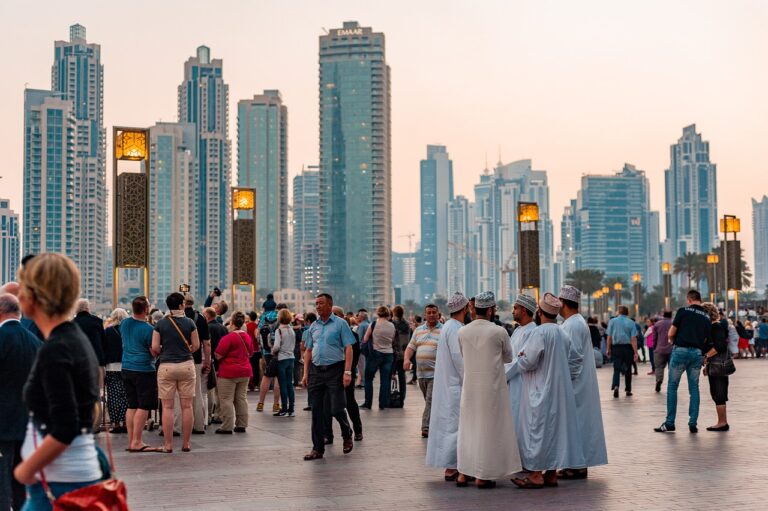
Touristic Places & Sightseeing
Beautiful buildings have made Dubai famous all around the world. As a visitor, your top priority is generally optimizing your schedule so that you can see as much as possible. That’s why it’s important to book a rental property that puts you as close as possible to all the attractions. Take Downtown Dubai, home to the iconic Burj Khalifa, a symbol of architectural innovation in the 21st century. This building breaks every benchmark imaginable. Man has now constructed the world’s highest structure. The Burj Khalifa and The Dubai Fountains are must-sees for anybody visiting Dubai for the New Year’s holiday. As the clock ticks down to the New Year, you can watch the mesmerizing shows put on by the Dubai fountains.
Still, if you want to spend your vacation in a place with plenty of shopping and entertainment options, you can find rentals close to the Dubai Mall, which draws more than 100 million people annually. After a day of retail therapy, choose from among two hundred dining options. After that, you can keep the fun going by seeing independent films at The Reel Cinemas or going ice skating at the Dubai Ice Rink. The Dubai Aquarium and the Under Water Zoo, both located in the Mall, are two other fantastic attractions. Going to KidZania is a great way to spend quality time with your kids. A dinosaur fossil dating back 155 million years is on display at KidZania. You may either stay in and show them about the city, or you can take them to the SEGA Republic, Dubai’s answer to a theme park.
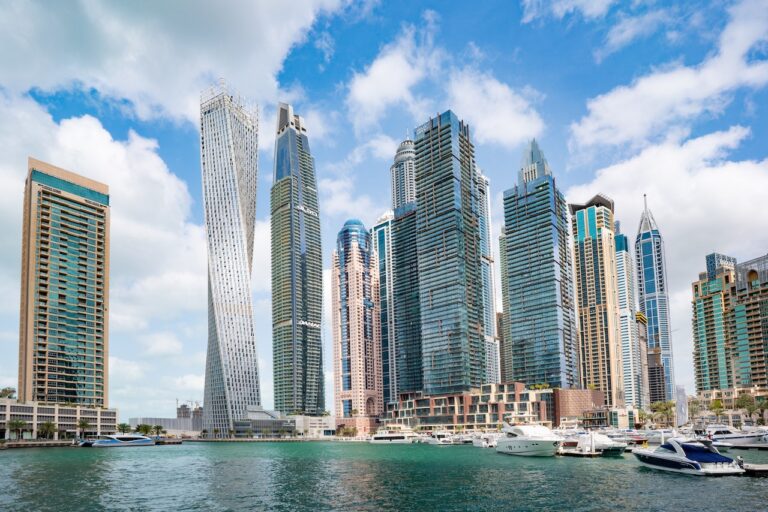
Economy & Climate
The growth of the oil industry in Dubai was a significant factor in the emirate’s economic development at the outset. Today, the petroleum and natural gas industry contributes barely 2% of Dubai’s GDP. Dubai has entered a new era of international financial cooperation and mutual understanding. Dubai is home to the global headquarters of many of the world’s largest banks and financial institutions. Gold trading is another reason the city is well-known. The 21st century has made it clear that tourism is the backbone of Dubai’s economy. The true wealth of a country lies in tourist dollars. It contributes billions of dollars to the national economy.
Dubai is a desert city with a tropical climate. This is also the reason why our winters are mild and summers are scorching. It’s usually about 41 degrees Celsius during the summer. In July of 2002, the city of Dubai reached a record high of 52.1 degrees Celsius. However, there is a silver lining to the summer’s oppressive heat and humidity. Temperatures rarely drop below 14 °C in the winter, making for pleasant and brief seasons.
The wet season begins in December and lasts until March. In terms of temperature, this is the best time of year.
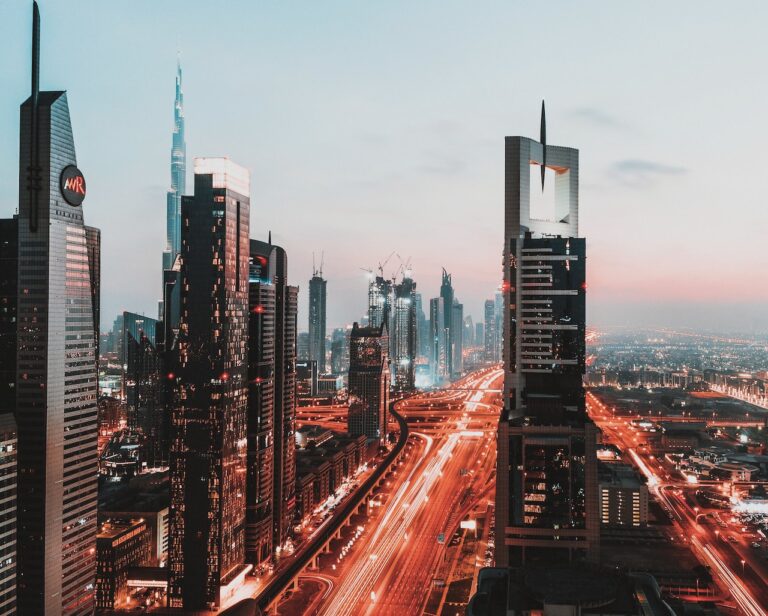
Adventures & Attractions
You are currently in Dubai, which means that in the truest meaning of the word, there is everything for everybody. Dubai is the place to go if you are someone who enjoys going on desert safaris. Sandboarding is something that you will want to try out if you go on a desert safari in Dubai. That’s not even the beginning of the genuine residents of the desert, like camels and llamas and other animals like that. Therefore, why not go for a ride on a camel as well? There are things in this city that are referred to as abras that you can touch in order to get an overall sense of the color of the city. Abras are traditional, powered wooden boats that can be found all over the Dubai Creek, transporting passengers to a variety of destinations. Additionally, there are longer voyages. In order for you to enjoy yourself while riding an Arabian dhow in the Persian Gulf. Golf is the sport that draws the most participants in this area. The Montgomerie Dubai Golf Club has the world’s largest golfing green, and it is designed in the shape of the United Arab Emirates. This green is considered to be the best in the world.
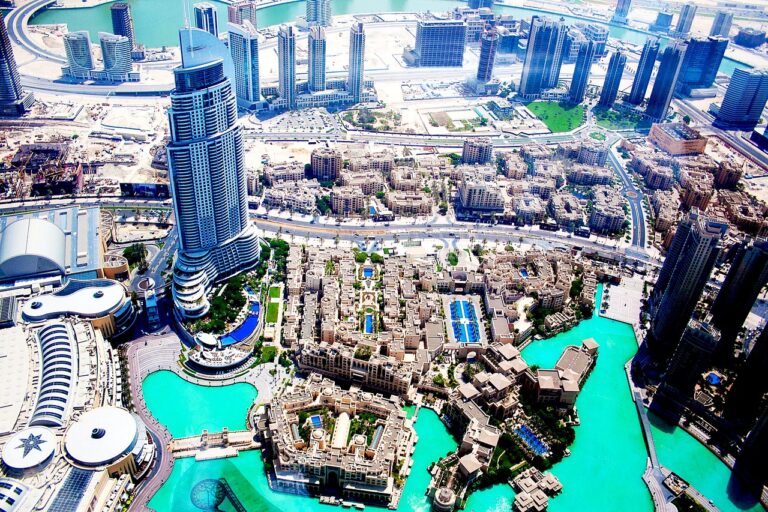
Rules, Safety, Currency
Your familiarity with the tradition of the area can potentially reveal a lot about you. There are a lot of unwritten norms, but following them can help you avoid unpleasant circumstances. For instance, clothes and behavior in public areas are subject to stringent standards. For women, this includes covering their shoulders, legs, and elbows; for men, this includes avoiding dressed in clothing that is too casual, such as shorts. On the other hand, as a result of an increase in tourism, people have developed a certain degree of tolerance for certain types of attire. It is appropriate to shake hands with an Arab male, but women should avoid doing so with anyone who is not a cousin or close friend. Shaking hands with an Arab guy is acceptable. In addition, you should avoid crossing your legs because doing so reveals the bottoms of your shoes and feet. Arabs consider this to be an insult because it is the equivalent of claiming that they are made of dirt. Additionally, you shouldn’t eat with your left hand because that’s the “dirty” hand according to most cultures.
